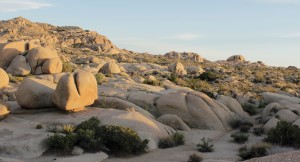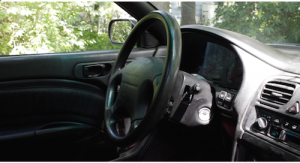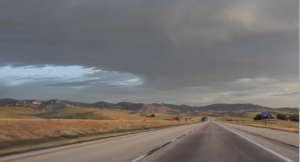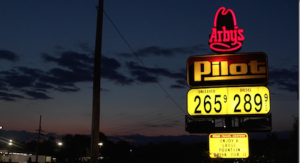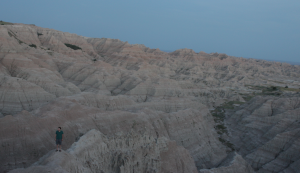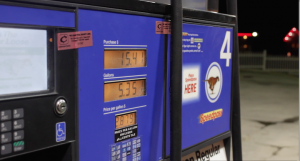Temperature held low, right for November, with rain falling steady throughout the night. I woke up early, five AM, lay there in bed and listened to the rain. My legs ached, so I got up to stretch them, stepped outside to look around. Big puddles all over the place, lights on inside the church across the street.
Opened my computer to the news. Earlier death tolls now appearing a conservative estimate. Le Parisien: ‘Cette Fois, C’est La Guerre.’ This Time, It’s War.
Food all over the kitchen: leftovers from the night before, when friends gathered for an early Thanksgiving. Nine or ten of us coming together for a big potluck. Food was set on the table, buffet style, and we spread across the living room on couches and fold-out chairs, ferrying back and forth from our seats to the table. The whole evening abustle, so no opportune moment for a prayer or for silence. Plenty of time, though, over red wine, to swap opinions–each with the tinny ring, the thinness, of murder explained. What to make of it? What led to this? “France’s anti-assimilationist culture!” Another: “Like a pressure cooker of ethnic tensions, boom.” Another: “As if this many aren’t killed every day in the Middle East…” Another: “It’s the new normal, this sort of attack.”
Morning coming on fast now. Rain slowing down even as the sun rises. What’s the science behind that? The symbolism?
My uncle writes from Paris: “President Hollande has called for three days of mourning. No need to call for that, except for the formality of it, really; it’s already happening.”
If we’d somehow known, perhaps we’d’ve planned our gathering for another night. But to gather—to share company, food, laughter, to celebrate life and love, to give thanks for friends—was perhaps the best thing we could have done in any case.
Sun up, rain stopped but still dripping from the gutters. How to respond to tragedy when discourse seems so thin? One possibility: tears, rage for the lives lost, yes, but renewed and deepened love for the lives left.

